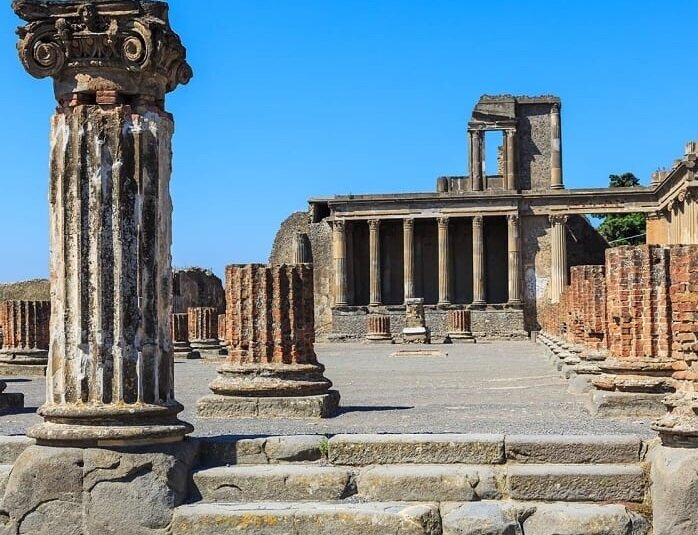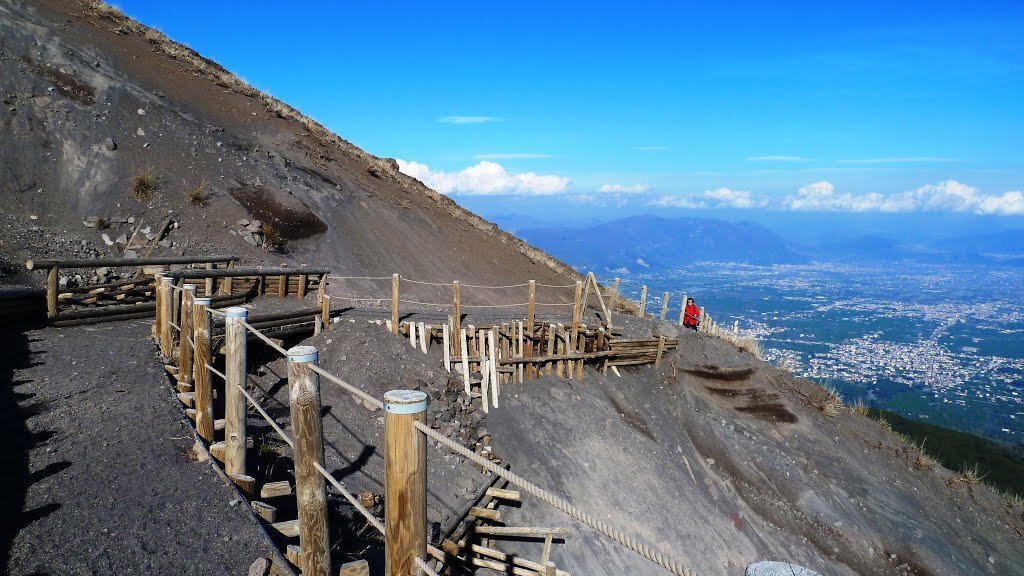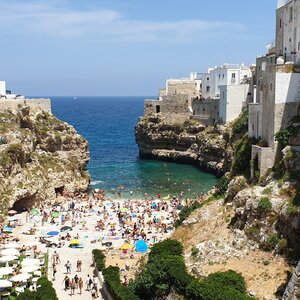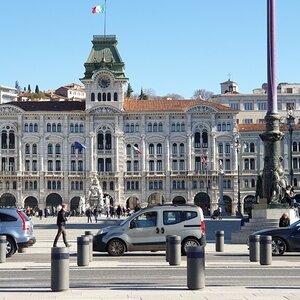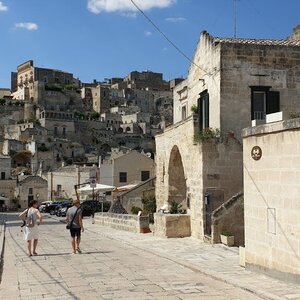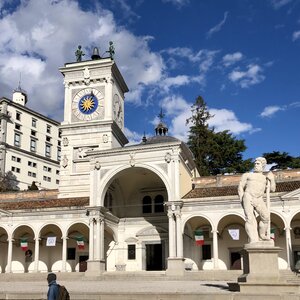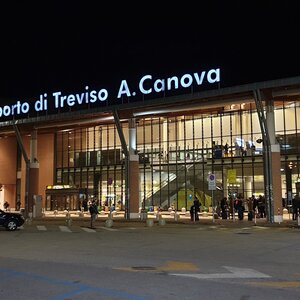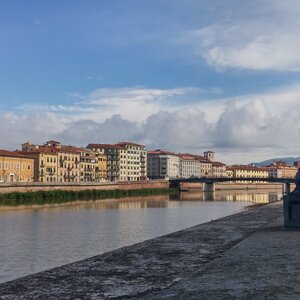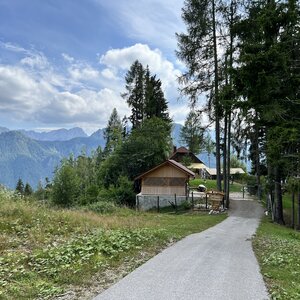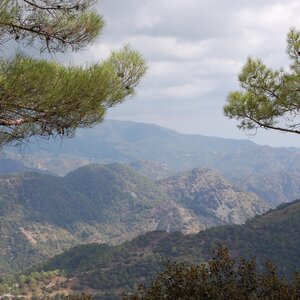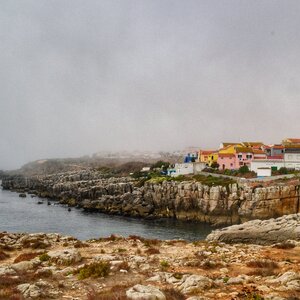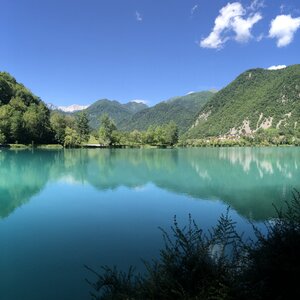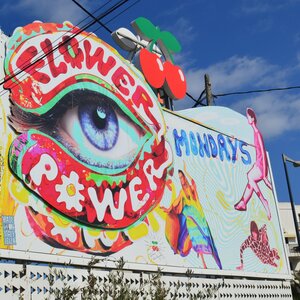What is the best time to see Pompeii and Vesuvius?
The answer is unambiguous: early spring or early fall is best. At other times of the year it is either too hot or quite windy. It can also be cloudy and foggy, making it difficult to see, especially Vesuvius. All museums in Italy, including Pompeii, are closed on New Year’s Day, May 1 and a few other days of the year, but specifically Vesuvius and Pompeii can be closed in bad weather. And in the fall and spring the temperature is comfortable (+16—18C) and few tourists.
What is better: to go on your own or buy a tour to Pompeii and Vesuvius?
If the budget allows and time is limited, the best solution is to book a tour from Naples. Prices with transfer to Pompeii and Vesuvius — from 90 euros per person or 200—300 euros for a group of up to 4—6 people, plus entrance fees.
For a budget option, you can make do with a guide book. A very good book called «Pompeii Restored» in landscape format is sold in the tourist center at the main entrance. In it you can see illustrations of what the city looked like before it was destroyed.
Pompeii and Vesuvius are not difficult to navigate: everything is conveniently organized for tourists. The only difficulty is to follow the schedule of transportation on your own. How to get to Pompeii and Vesuvius on your own
How much money should I take with me?
Entrance tickets to Pompeii cost 15 € per person, Vesuvius is 10 €, children under 18 go free. There are some souvenir shops on the territory of Vesuvius. In Pompeii they are outside the territory.
Ticket prices and schedules for Pompeii and Vesuvius:
Tickets to Pompeii can be purchased online here. To Vesuvius, tickets are only sold on site.
There are usually no queues, there are plenty of ticket offices. But there may be queues at the train station, so buy your return ticket in advance from Naples. Pay attention to the list of people entitled to benefits: you may be able to buy a cheaper ticket.
Safety
Naples is considered one of the most crime-ridden cities in Europe. Therefore, always be vigilant, especially in crowded places. Stealing from a tourist is a matter of honor for local thieves. To cheat a tourist is an entertainment for waiters and cashiers at small stations. Such cases are known at the Porta Nolana train station, where trains run to Vesuvius and Pompeii. Always count your money.
How to dress for a visit to Vesuvius and Pompeii?
Volcanoes are known for their unpredictable weather: it can be sunny in the morning and clouds cover everything by lunchtime.
On Vesuvius it is best to take a warm raincoat or jacket and a light hat, it is very windy. If you go in summer, it can be dusty, it is better to take a scarf and sunglasses. Closed shoes with thick soles are mandatory: ideally — sneakers, minimum — sneakers. Walking on the volcano in shoes with thin soles is uncomfortable, and the surface gets hot.
You’ll need comfortable shoes in Pompeii, too: paving stones have been preserved throughout the city, and here even small heels are a guarantee of constant falls and stumbles.
Local guides strongly recommend headgear: Pompeii is an open area, it’s very easy to catch sunstroke.
What to bring?
- A hat
- Sunscreen
- Water
- Something to eat
Is it possible to combine Vesuvius and Pompeii in the same day?
It’s going to be quite tiring, but it’s possible. How to calculate the route from Naples to Pompeii and Vesuvius. The sites are large and in the open sun, so it is better to visit them when there is no heat.
